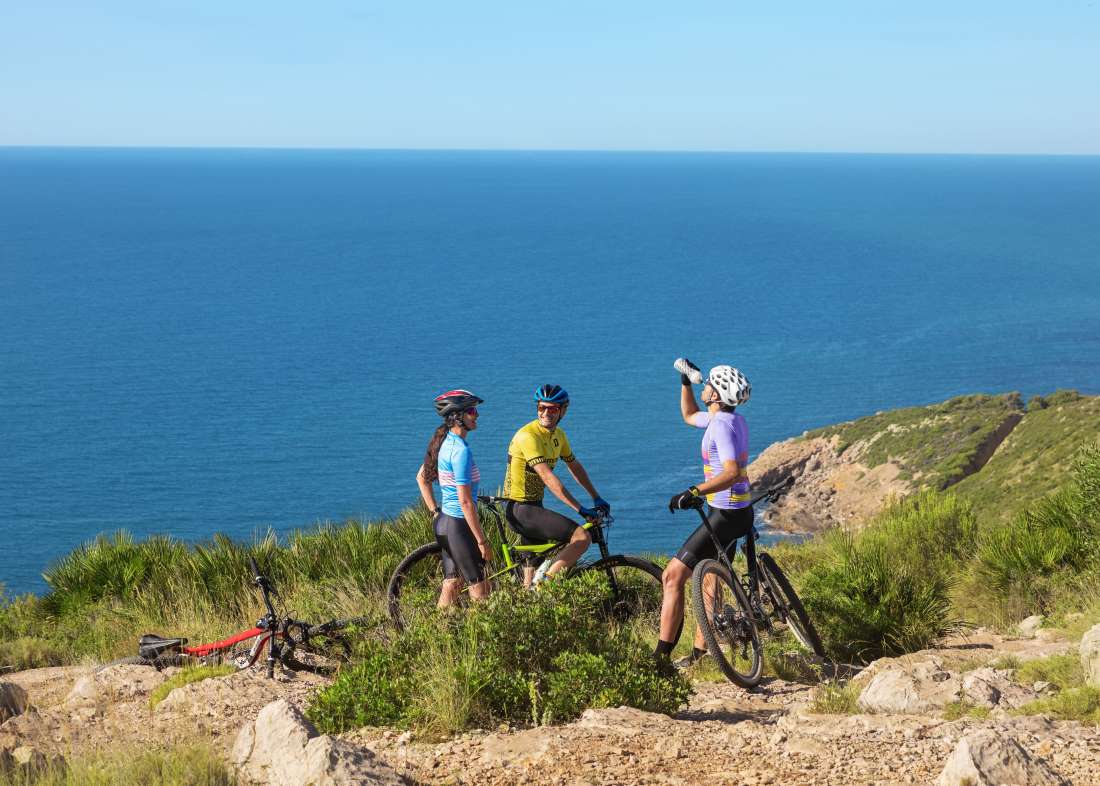You’ve decided to embark on your first bike trip. You’ve chosen the route, studied the destination, and taken time off work. The bike is ready. But is it really ready? Now it’s time to check if it’s truly prepared and get it in top shape for your next adventure. Let’s go over the steps you need to take to ensure your bike is in the best possible condition.
Check the Frame
No matter the material of your bike frame (carbon, aluminum, steel, or titanium), you need to ensure there are no issues that could cause a break during your trip. Check the critical points of the frame: behind the headset, under the bottom bracket, where the stays meet the seat tube, and at the seat post clamp. If your carbon frame shows discolorations, scratches, or chips in these areas, stop using it immediately and take it for repairs (it might be cracked). If your aluminum or steel frame has cracks in these areas, consult a mechanic for an evaluation.
Check the Transmission
First, check if the chain is excessively worn or has any links that are coming apart. Then, inspect the teeth on the cogs and chainrings to make sure they’re not excessively worn (they should not be triangular in shape) or broken. Grab the pedals and try pushing and pulling: if you feel movement, you may need to check the bottom bracket bearings. Also, check the rear derailleur for broken pulleys and make sure the plate holding the pulleys is aligned with the frame.
Ensure the Brakes are Working
Your safety depends on your bike’s brakes being efficient. If you have rim brakes, check that the brake pads aren’t worn, that they fully touch the braking surface of the rim without touching the tire, and that the brake cables aren’t rusty or frayed. If you have hydraulic disc brakes, make sure the brakes don’t squeal when applied, the pads aren’t worn, and the rotor isn’t warped or rubbing against the pads. If you feel the brakes are spongy when you pull the lever, it’s likely you need to bleed the brakes.
Check the Tires
Ensure the tires are suitable for the terrain you’ll be riding on. Then, assess their condition. If your tires have been on the bike for a while, check them thoroughly. Run your hand along the side of the tire (the shoulder). Check for punctures, fraying, or spots where the inner tube might be exposed. Check the valve of the inner tube: is it broken, bent, or rusty? If you have tubeless tires, is the valve stuck or is there latex leaking? Then, check the center of the tire that makes contact with the ground: is it too smooth? Can you still see the tread design? Are there spots where you can see the casing under the rubber? If you answered yes to any of these questions, it’s time to replace the tires. Remember to inflate them to the correct pressure.
Do You Have All the Spare Parts?
Finally, check inside your bags to make sure you have all the spare parts and tools needed to deal with any small mechanical issues that may arise during your bike trip.
Here’s a short list:
Spare Parts
- 2 correctly sized inner tubes,
- 1 tire patch,
- 2 brake pads / 2 spare brake shoes,
- 2 quick links for the chain,
- 4-5 zip ties,
- 1 chain lubricant,
- 1 spare derailleur cable.
Tools
- A hand pump (that can reach the required tire pressure),
- A chain tool,
- 2 plastic tire levers,
- A multitool with the correct attachments for your bike’s screws,
- Emergency duct tape,
- Pliers or a Swiss army knife.
Emergency Mechanics for Cyclists and Bike Travelers
We asked Sergio Borroni – a bike traveler with 50 years of travels around the world – to share tricks, secrets, and techniques for dealing with the various mechanical problems that can arise during a bike trip or outing.
The course is online. 17 theoretical and practical video lessons that cover the main mechanical problems that may occur during a bike trip or outing and how to resolve them “on the road.”\
The Emergency Bike Mechanics Course is designed for cyclists and bike travelers who want to be able to fix common mechanical issues during a bike outing or trip.
If you want to learn how to perform regular maintenance on your bike, the appropriate online courses are “Mountain Bike Mechanics” and “Road and Gravel Bike Mechanics.”




